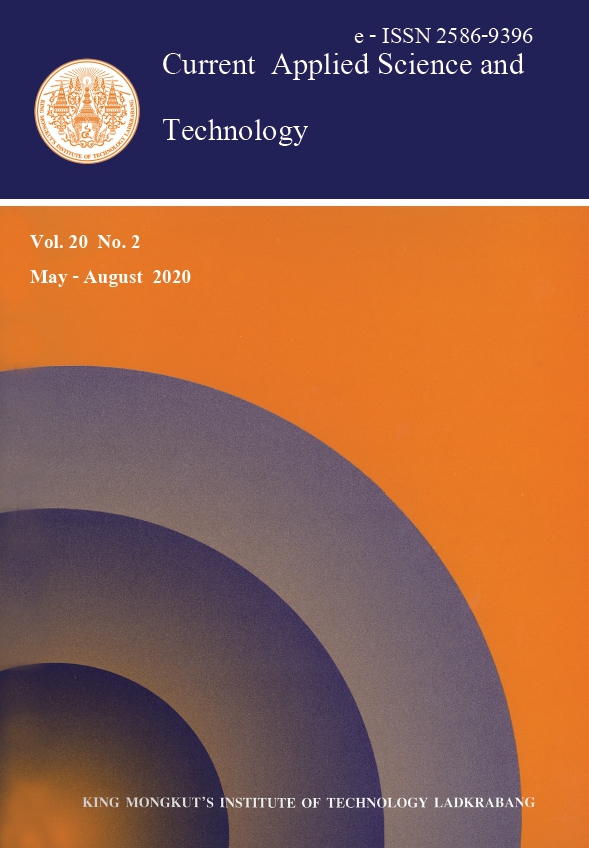Efficacy evaluation of seven acaricides, i.e. Acarine (Abamectin 5% EC), Gat Fast (2% Abamectin + 10% Thiamthoxam (12% SC)), Ortis Super (Fenpyroximate 5% EC), Concord (Chlorfenapyr 24% EC), Perfect (2% Abamectin + 10% Chlorfenapyr (12% EW)), Micronet S (Sulfur 80% WP ) and Acarots (Fenpyroximate 5% SC) at recommended dose (RD), against the brown spider mite, Eutetranychus orientalis (Tetranychidae) and its predatory mite, Euseius scutalis (Phytoseiidae), was applied on citrus crop in Assiut Governorate under field conditions. Three assorted exposure eras: three days, one week and two weeks, were achieved in May 2018. It was found that a total reduction rate of these 7 acaricides against E. orientalis was 88.26%, 90.40%, 87.99%, 88.91%, 88.78%, 88.41% and 87.82% and against E. scutalis was 23.69%, 19.61%, 14.33%, 12.7%, 15.52%, 16.51% and 15.33%, respectively. Abamactin 5% was significantly higher than other acaricides (p<0.05) followed by Fenpyroximate 5% EC and Fenpyroximate 5% SC. On the other hand, the rest of acaricides appeared to be insignificant (p>0.05). Acaricides can be used against E. orientalis without affecting E. scutalis where the results showed compatibility between acaricide and predatory mites in the field. For mode of action, Fenpyroximate is safer for human and animal than others because it acts as mitochondrial electron transport inhibitor with contact action. Application of serial concentrations from these compounds is recommended to reduce its toxicity in the environment.
Keywords: efficacy; E. orientalis; predatory mites; acaricide; reduction rates
*Corresponding author: E-mail: tamersherihan@gmail.com
Al-amin*, S. undefined. M. ., Ibrahim, A. undefined. ., Ali, A. M. undefined. ., Mesbah, A. undefined. E. ., & Soliman, N. undefined. . (2020). Efficacy of Acaricides on Eutetranychus orientalis (Acari: Tetranychidae) and Its Compatibility with Predatory Mite Euseius scutalis (Acarei: Phytoseiidae) under Field Conditions. CURRENT APPLIED SCIENCE AND TECHNOLOGY, 238-248.
